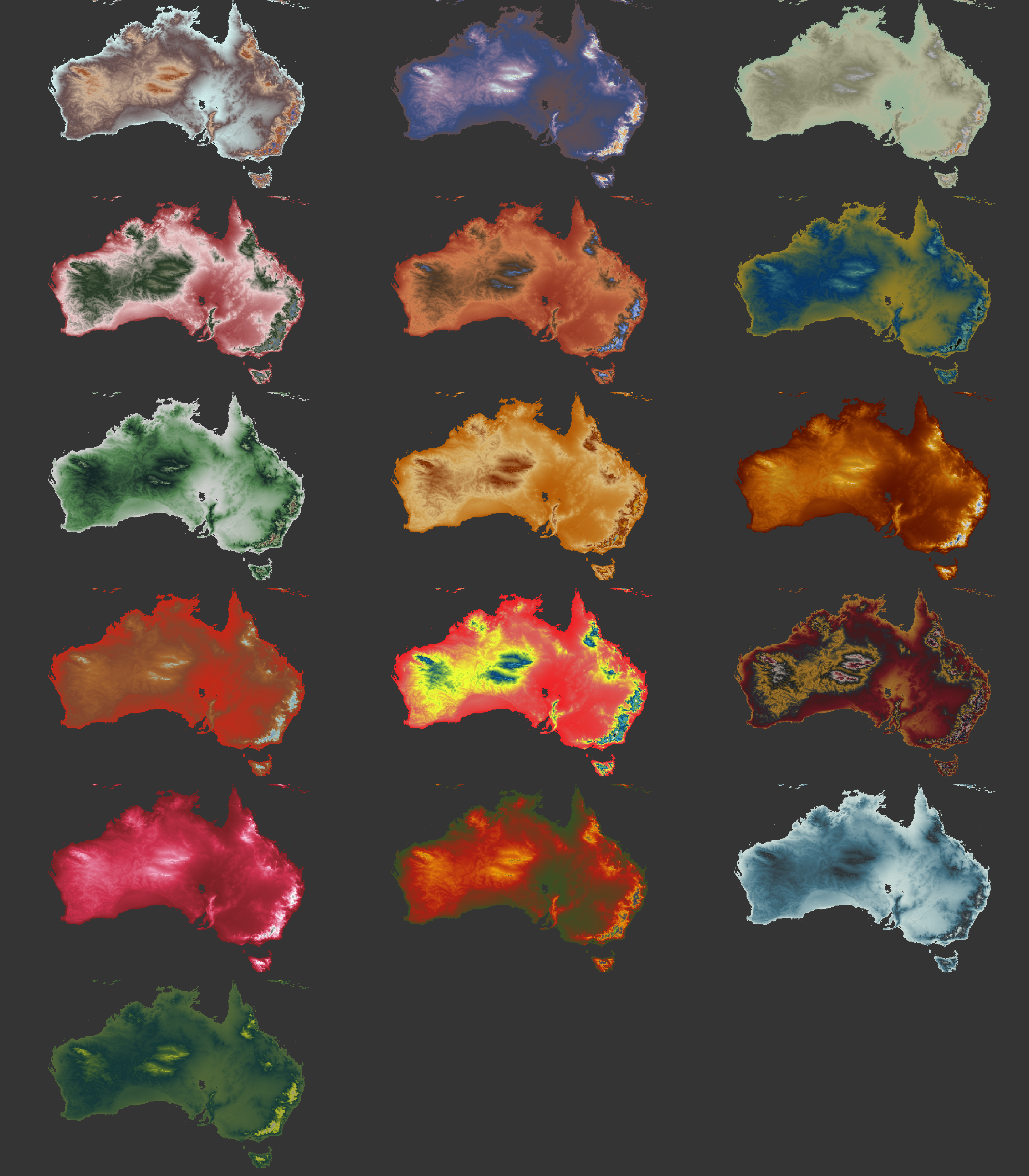All posts (Page 91 of 126)
Are you new to version control and always running into trouble with Git? Or are you a seasoned user, haunted by the traumas of learning Git and reliving them whilst trying to teach it to others? Yeah, us too.

Git is a version control tool designed for software development, and it is extraordinarily powerful. It didn’t actually dawn on me quite how amazing Git is until I spent a weekend in Melbourne with a group of Git whizzes using Git to write a package targeted toward Git beginners. Whew, talk about total Git immersion! I was taking part in the 2017 rOpenSci ozunconf, in which forty-odd developers, scientists, researchers, nerds, teachers, starving students, cat ladies, and R users of all descriptions form teams to create new R packages fulfilling some new and useful function. Many of the groups used Git for their collaborative workflows all weekend.
...The second rOpenSci OzUnConf was held in Melbourne Australia a few weeks ago. A diverse range of scientists, developers and general good-eggs came together to make some R-magic happen and also learn a lot along the way. Before the conference began, a huge stack of projects were suggested on the unconf GitHub repo. For six data-visualisation enthusiasts, one issue in particular caught their eye, and the ochRe package was born.

The ochRe package contains colour palettes influenced by the Australian landscape, iconic Australian artists and images. OchRe is originally the brain-child of Di Cook, who was inspired by Karthik Ram’s wesanderson package.
Attendees at the May 2017 rOpenSci unconference. Photo credit: Nistara Randhawa
In May 2017, I helped run a wildly successful “unconference” that had a huge positive impact on the community I serve. rOpenSci is a non-profit initiative enabling open and reproducible research by creating technical infrastructure in the form of staff- and community-contributed software tools in the R programming language that lower barriers to working with scientific data sources on the web, and creating social infrastructure through a welcoming and diverse community of software users and developers. Our 4th annual unconference brought together 70 people to hack on projects they dreamed up and to give them opportunities to meet and work together in person. One third of the participants had attended before, and two thirds were first-timers, selected from an open call for applications. We paid all costs up front for anyone who requested this in order to lower barriers to participation.
...This year’s rOpenSci ozunconf was held in Melbourne, bringing together over 45 R enthusiasts from around the country and beyond. As is customary, ideas for projects were discussed in GitHub Issues (41 of them by the time the unconf rolled around!) and there was no shortage of enthusiasm, interesting concepts, and varied experience.
I’ve been to a few unconfs now and I treasure the time I get to spend with new people, new ideas, new backgrounds, new approaches, and new insights. That’s not to take away from the time I get to spend with people I met at previous unconfs; I’ve gained great friendships and started collaborations on side projects with these wonderful people.
... ZgotmplZ
ZgotmplZ style=" object-fit: cover; object-position: center; height: 250px; width: 250px; margin-right: 15px"
/>
<p>
<em>Mara Averick is a non-profit data nerd, NBA stats junkie, and most recently, tidyverse developer advocate at RStudio. She is the voice behind two very popular Twitter accounts, <a href="https://twitter.com/dataandme">@dataandme</a> and <a href="https://twitter.com/batpigandme">@batpigandme</a>. Mara and I discussed sports analytics, how attending a cool conference can change the approach to your career, and how she uses Twitter as a mechanism for self-imposed forced learning.</em>
</p>




